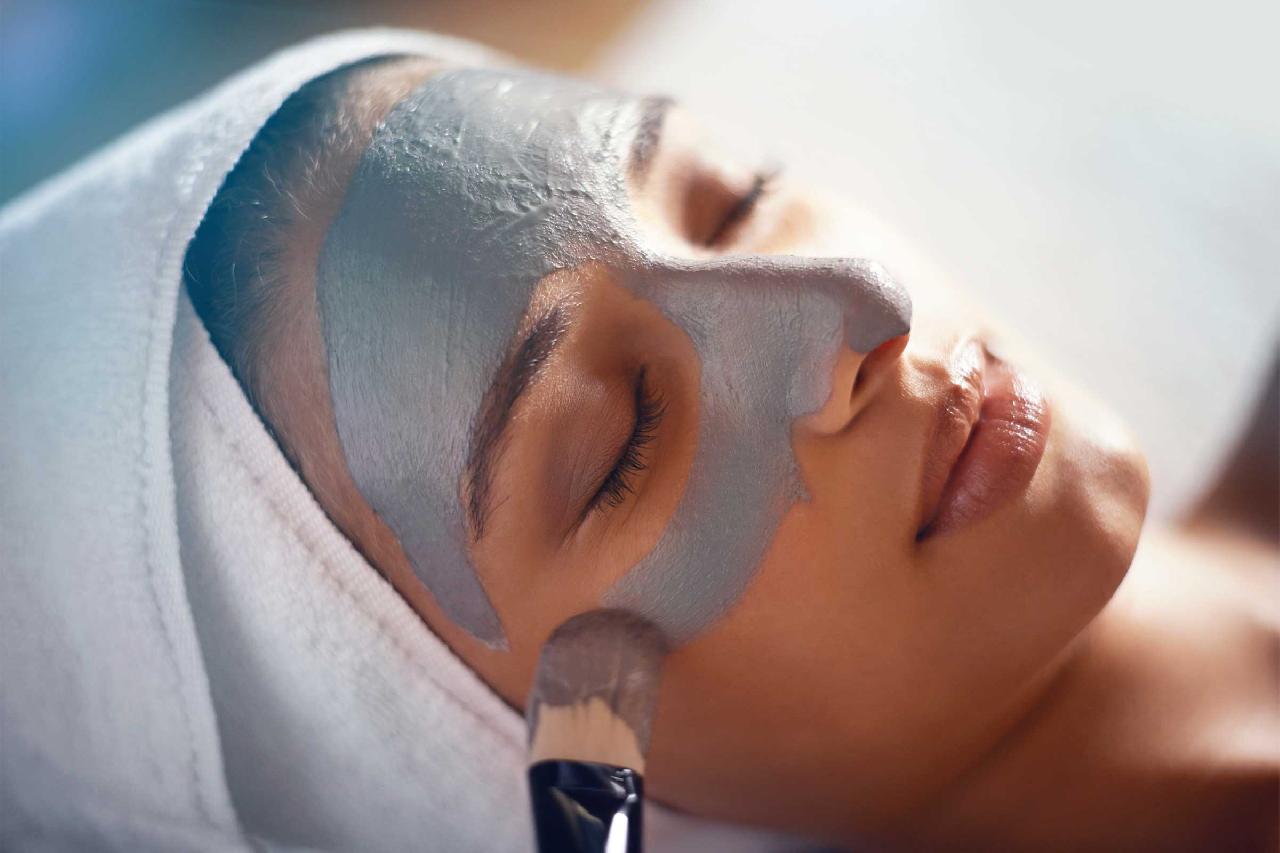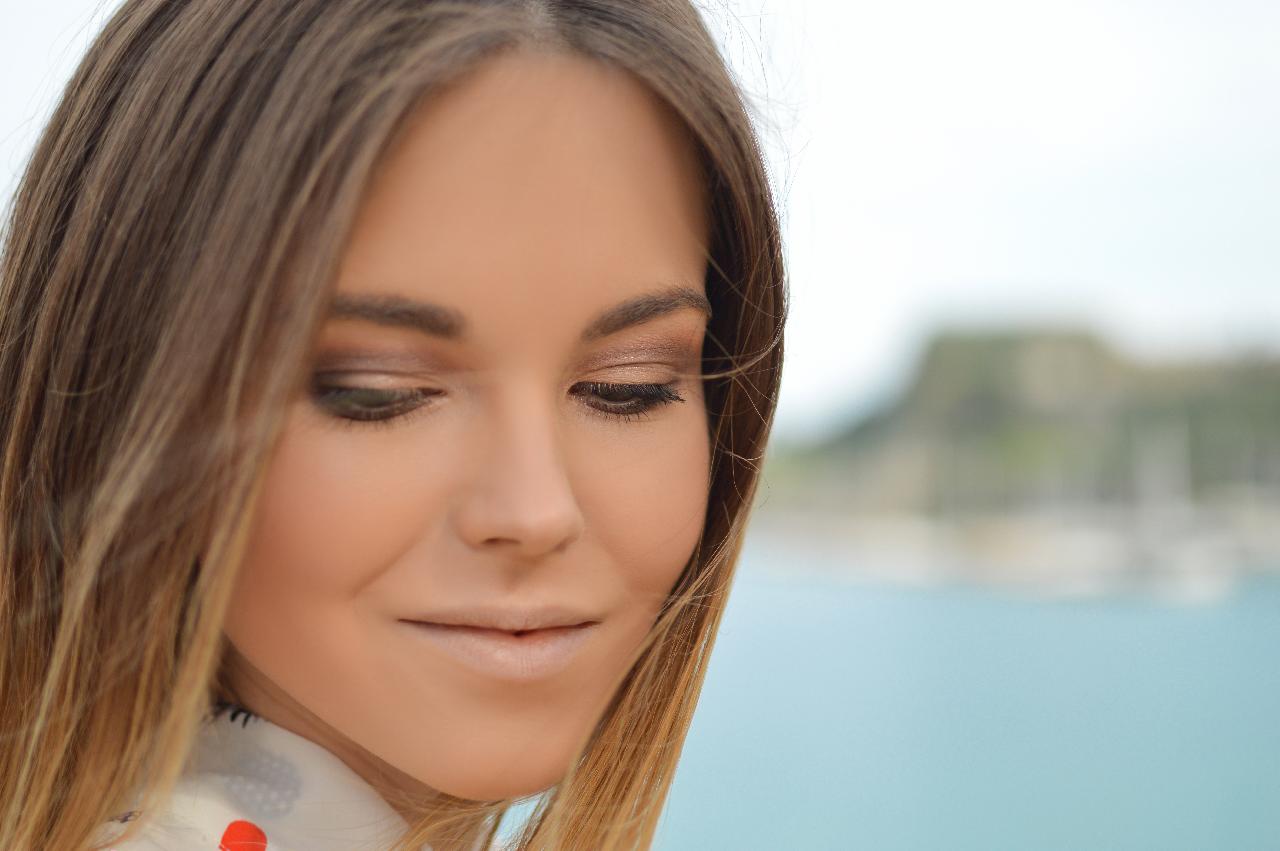
Mastering the art of masking

This isn’t an article about Covid-19 face masks, masquerade balls or the cloaking devices used by Klingon warships in Star Trek. Our focus here is the time-honoured art of smearing deliciously-edible concoctions all over your face, in the interests of looking ravishingly beautiful, clearing up spots and/or slowing the march of time.
Masking has really taken off in recent years, but it’s certainly not a new concept. Cleopatra was supposedly fond of wearing a paste of aloe vera, beeswax and grass powder on her face. She probably also liked a dollop of good ol’ Nile River mud too. Much later, in 18th century England, a certain Madame Rowley invented something she called the ‘face glove’, a flexible rubber mask that was worn over facial creams while sleeping. Heaven help the poor husband who had to sleep next to this ‘Hannibal the Cannibal’ face contraption!
Classic French skincare has always leaned heavily on the facial mask, with good reason. Marie Antoinette famously used a lemon cognac face mask, which might account for the rosy cheeks we see in portraits of her. More recently French skincare has relied on the classic green clay mask, which can easily be enhanced with various extras.
Masks can effectively deep-clean and exfoliate with very little effort - you just have to lie back and let it happen. They can also be formulated to hydrate skin and encourage healing. By choosing masking ingredients carefully, you can give your skin what it needs most. Here are some easy DIY masks to try:
Classic clay masks
It’s easy to buy facial clay on Trade Me and various other websites. Just search on ‘facial clay’ and you’ll be presented with a range of choices – bentonite, kaolin, Australian green, Australian blue, pink and black. Two of the most famous clays for masking are Dead Sea mud and ghassoul; New Zealand’s geothermal mud is also becoming a legend in spa circles. Most clays and mud powders are cheap, so if you’re confronted by a high price tag keep looking.
Once your clay or mud powder arrives in the mail, you can mix it up into a mask. The simplest mix is with plain water, but here’s a secret we’ve recently discovered: Okana cucumber and lettuce mist toner makes a great liquid for creating a clay mask. It takes very little toner to mix up a great mask.
Other easy clay mask additives include aloe vera gel, honey, yoghurt (sugar free) and matcha green tea powder. Choose your additive based on your skin type and age.
Clay masks detox the skin by drawing out impurities and oils. They also have an exfoliating effect, because washing the clay off is slightly abrasive (and best done in the shower). Clay masks are good for any type of skin, but they’re especially helpful if you have oily skin and/or acne.
Clay masks to try
- - Anti-ageing: ghassoul clay and matcha powder or pomegranate juice
- - Sensitive: kaolin clay and manuka honey or mashed mango
- - Oily: green clay or rose clay mixed with rose water or aloe vera gel
- - Acne-prone: bentonite clay, raw honey and a few drops of apple cider vinegar
Cacao or cocoa masks for chocolate lovers
- - If you’re a baker, you probably have cocoa powder in your pantry. And if you’re a hipster, you might well have some cacao powder or nibs. Either way, you have the foundation for a great face mask.
- - Cacao/cocoa is rich in antioxidants called flavenoids, which are great for stimulating blood circulation in the skin, smoothing fine lines and giving you a rosy glow. And because flavonoids are antioxidants, they help to fight free radical damage and repair skin cells. Cocoa is also a potent anti-inflammatory, so it can soothe redness and reduce blemishes.
- - Mix your cocoa powder with any of the suggestions above – water, Okana toner, aloe vera juice, honey, yoghurt or freshly-squeezed fruit juice (mango, pomegranate or papaya work brilliantly).
A trio of cabbage masks
Cabbage is full of natural sulphur, potassium and vitamins A, C and E. It’s a great base ingredient for an effective face mask.
- - For oily skin, use a food processor to grind cabbage into very small particles. Mix with egg white and apply to your face. Relax for 20 minutes then rinse off.
- - For dry skin, chop cabbage and boil it in milk until it’s soft and squishy. Drain, then mash the cabbage. Apply to your face and relax for 20 minutes. Rinse.
- - For sensitive skin, follow the recipe for dry skin (above), but mix the mashed cabbage with egg yolk and olive oil.




Leave a comment
This site is protected by hCaptcha and the hCaptcha Privacy Policy and Terms of Service apply.